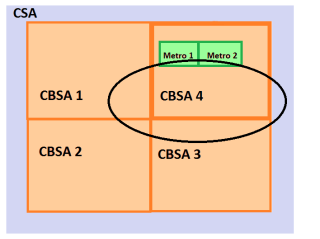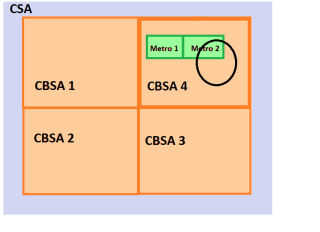Thankful for Proposed FOM Rules? Let NCUA Know!
Written by Michael Emancipator, Senior Regulatory Affairs Counsel
I can't believe it's almost Thanksgiving just 8 days away! And although there are many things to be thankful for (ahem - election season finally being over), I'm sure a few die-hard credit union wonks will be giving thanks for NCUA's decision to finally implement some substantive FOM reform.
In addition to finalizing a FOM rule at last month's Board meeting, NCUA also proposed a new FOM rule that includes many provisions that NAFCU recommended. In case you haven't had a chance to read the proposed rule in detail or review NAFCU's summary, I thought I'd highlight a few provisions of the proposed rule, and encourage you to submit comments in support of the rule by Friday, December 9, 2016. After all, NCUA needs to hear from enough credit unions in favor of the proposal so the agency can finalize it. The proposed rule would do the following:
- Give applicants for community charter approval, expansion or conversion the option, in lieu of a presumptive community, to submit a narrative to establish common interests or interaction among residents of the area it proposes to serve, thus qualifying the area as a well-defined local community (WDLC);
- Increase up to 10 million the population limit on a community consisting of a statistical area or a portion thereof; and
- Permit a credit union to designate a portion of the area as its community without regard to division boundaries when such an area is subdivided into metropolitan divisions.
Although all three provisions are welcome, I want to spend a little time fleshing out the third provision since its implications are slightly nuanced.
By way of background, NCUA's FOM rules reference three different classifications for purposes of community charter FCUs: Combined Statistical Areas (CSAs), Core-Based Statistical Areas (CBSAs), and Metropolitan Divisions (Metros). Picture 1 is provided below to show how the different classifications relate to each other.

Under current rules and the final rule that was just approved, when an FCU seeks to serve a portion of a CSA, that portion is not required to conform to the boundaries of the CBSA components that make-up the CSA. So as demonstrated in Picture 1, a FCU would be permitted to serve the portion of the CSA (as shown by the black circle). This would be a presumptive WDLC, even though it crosses multiple CBSA and Metro boundary lines.Â
In contrast, when an FCU seeks to serve a portion of a CBSA as its community, (notwithstanding that a CBSA is far more compact than a CSA) the existing rule nonetheless requires such portion of a CBSA to conform to the boundaries of the Metro divisions within, if any. Therefore, under existing rules, a FCU would not be able to propose an area like the one shown in black in Picture 2 since it crosses Metro divisions, regardless of the fact that the proposed area is much smaller in size than the one proposed in Picture 1.

Again, the deadline to submit comments in support of the rule is Friday, December 9, 2016.
